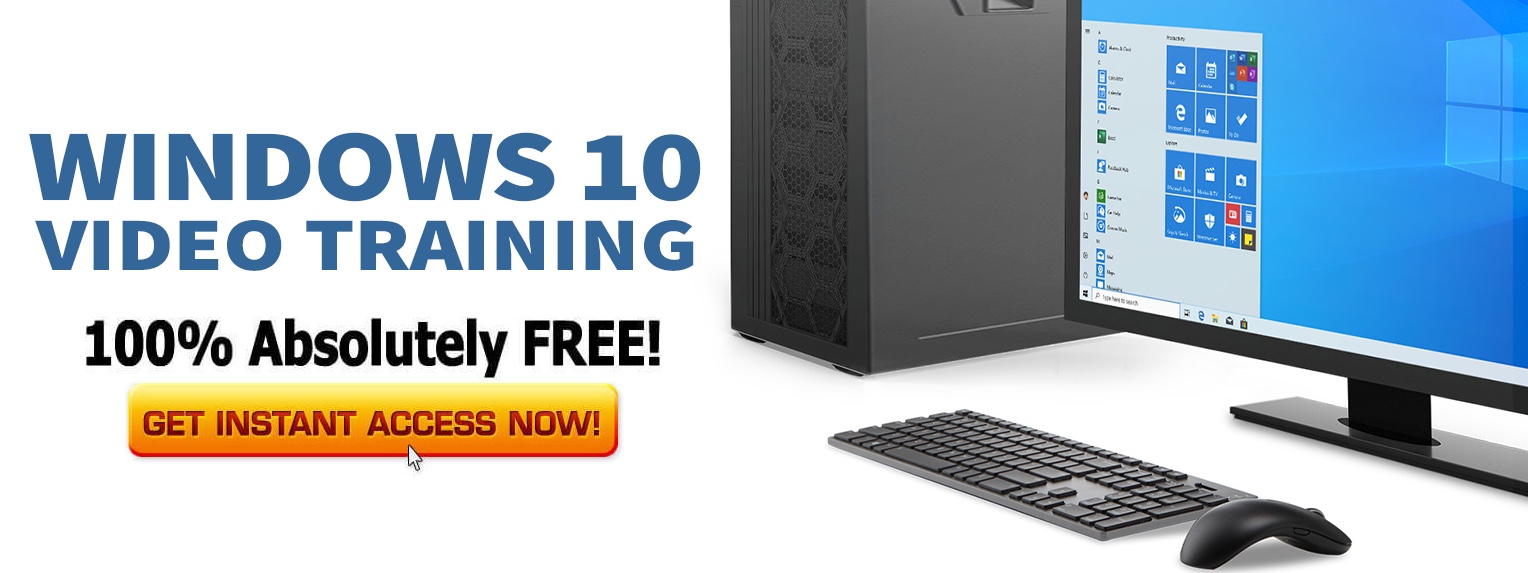Ballmer wants to play on all form factors more than quick desktop migration to Windows 8[/caption]
On Friday October 26, 2012, Microsoft will launch its paradigm-shifting operating system, Windows 8, to the general population. Years in the making, the new tile-interfaced OS is a profound departure from prior versions.
The problem that Microsoft faces however, is that many businesses are still in the process of moving from Windows XP to Windows 7. Others have just made the move to XP from Vista and XP over the last year.
For these two classes of organizations, planning for another enterprise migration is simply out of the question. There are several reasons for this:
1. It is simply too soon. New OSs tend to have a life of 3-7 years in organizations, during which time their costs can be amortized.
2. With its tile-based interface, some view the new OS as being more consumer-oriented, with only a few features targeting the enterprise.
3. The training curve and corresponding costs of a Windows 8 deployment, particularly training, is likely to exceed those of prior OS versions, due to the profound changes in the user interface.
Microsoft is therefore likely to see the phenomenon of inertia writ large among businesses.
In a sense however, the impact of a slow adoption of Windows 8 does not hurt Microsoft if they sell Windows 7 as a replacement. They still get paid.
No, what hurts Microsoft more is if shipments of PCs – where they dominate – slip in favor of tablets and smartphones, where they lag.
Reuters reports lukewarm corporate support of Windows 8, stating:
Car maker Volkswagen, which only last year moved 60,000 PCs onto Windows 7, is not planning to make another drastic shift anytime soon. VW’s head of IT, Martin Eickhoff, said his team was “excited to evaluate the new tablet features” but would wait until Windows 8’s release to assess its potential benefits. That’s not unusual, as corporations generally test a new system for 12-18 months before planning to adopt it, meaning enterprise take-up of most versions of Windows — except for the unpopular Vista — have only usually happened two or three years after launch.So Windows 8 might have a long wait before we start to see it really takes off in the enterprise. However, if it can play strongly in tablets and other form factors, this would accomplish one of Redmond’s major objectives. Is your business looking to move to Windows anytime soon?]]>

